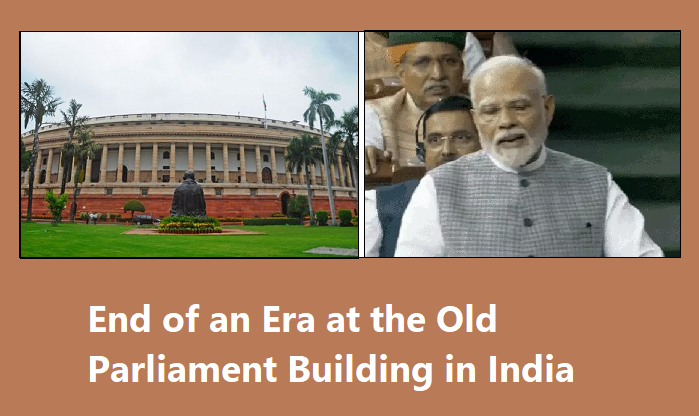Old Parliament building
In a poignant moment in India’s history, the old Parliament building bid adieu to the nation, marking the end of an era that witnessed pivotal events that shaped the destiny of a nation. With Prime Minister Narendra Modi leading the farewell, the occasion was steeped in emotions, as the iconic structure prepared to make way for a new parliamentary facility. This article delves into the rich history of the old Parliament building, capturing the essence of its profound significance in India’s political journey.
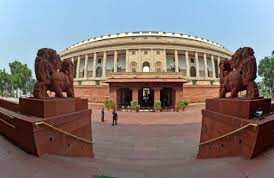
The Birth of an Icon
The old Parliament building, a circular marvel standing proudly on 144 pillars, has been an integral part of India’s narrative for 96 years. Constructed during the British colonial rule, this architectural gem bore witness to a transformational shift as India emerged from subjugation to self-governance. It was a symbol of the transition from foreign rule to a government “of India, by India, and for India.”
Bhagat Singh’s Defiant Act
One of the most memorable chapters etched in the annals of the old Parliament building is the audacious act of Bhagat Singh. In his quest to make the deaf ears of oppression listen, Bhagat Singh hurled a bomb within the hallowed precincts of this edifice. His brave action reverberated through the corridors of power and ignited the flames of resistance, marking a turning point in India’s struggle for independence.
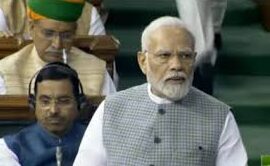
Nehru’s Midnight Tryst with Destiny
August 15, 1947, marked a historic milestone in the old Parliament building. It was here that Jawaharlal Nehru, India’s first Prime Minister, delivered his iconic speech, “Tryst with Destiny,” as the clock struck midnight. His words symbolized India’s newfound freedom and its commitment to shaping its own destiny.
The Constitutional Debates
The old Parliament building also played host to intensive debates that spanned days and nights. Here, the visionary leaders of India meticulously deliberated over every verse of the Constitution. These discussions laid the foundation for the democratic principles and values that continue to guide the nation today.

Shastri’s Call for Sacrifice
During the tenure of Prime Minister Lal Bahadur Shastri, the old Parliament building echoed with a call for sacrifice. In the face of food scarcity, Shastri famously urged the nation to skip one meal a week, showcasing his commitment to the welfare of the Indian people.
Indira’s Historic Announcement
In 1971, the old Parliament building bore witness to yet another momentous occasion when Prime Minister Indira Gandhi delivered the news of the Pakistani Army’s surrender during the Indo-Pak War. This declaration marked a significant triumph for India and was received with jubilation across the nation.
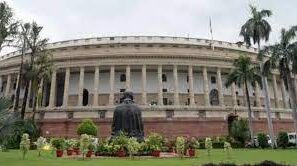
Atal Bihari Vajpayee’s Remarkable Statement
Former Prime Minister Atal Bihari Vajpayee left an indelible mark on the old Parliament building when he stated, “I would not like to touch such a power even with tongs.” His words reflected the essence of responsible governance and integrity, setting high standards for political leadership.
Prime Minister Modi’s Emotional Farewell
In a heartfelt moment, Prime Minister Narendra Modi bid adieu to the old Parliament building. He acknowledged the building’s rich history and the bittersweet memories woven into its fabric. His remarks underscored the profound significance of the iconic structure in India’s political journey.
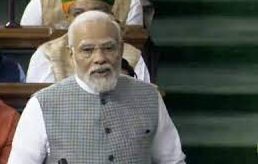
Conclusion
The old Parliament building in India has stood as a silent witness to the nation’s struggles, triumphs, and evolution over nearly a century. As it makes way for a new parliamentary facility, its legacy lives on in the collective memory of the nation. The farewell to this iconic structure marks the end of an era, but its stories, like the pages of history, will continue to inspire and guide India towards a brighter future.
Image Courtesy: Google
For more related news – https://universenews.co.in/category/politics/
